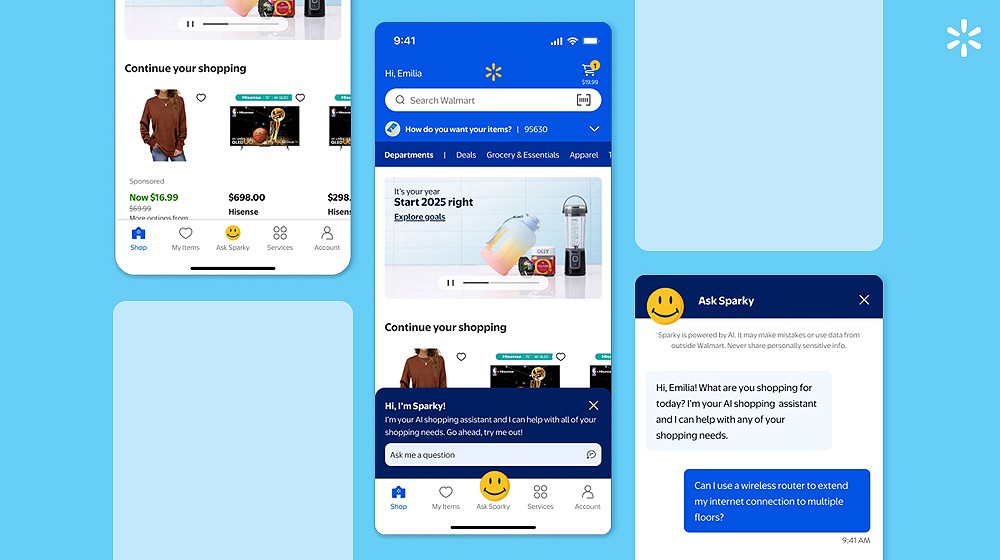I wrote early about the direction of curation and wanted to expand on this topic. Last week I heard Cory Haik, executive producer for digital news at the Washington Post speak the NVTC’s Destination Innovation event at which I was a judge. She spoke about and also recently wrote regarding what she refers to as “adaptive journalism.” She described a recent experiment the Washington Post undertook wherein they leveraged geofencing (who doesn’t love that term! – talk about the blending of the physical and the digital). In the experiment, The Post provided live game updates at a recent Washington National’s home game on the sports section of their mobile web platform – but only to those in and around the confines of the stadium.
Whether this is the right way to deliver content is an entirely different conversation, but the fact that the experiment was undertaken is meaningful.
Adaptive journalism is essentially telling the most relevant story. Clearly relevancy is defined by a myriad of dimensions including time, location, relationship to individuals or events, as well as a wide number of other factors.
While Cory is focused nearly exclusively on the business of news, in a digitized world everything becomes adaptive. We receive weather alerts or traffic alerts in quasi-geofenced ways. Word broke last week and continues to swirl that Facebook is looking to buy the social traffic app Waze for $1B. I’ve been a heavy user of waze from the beginning because it provides adaptive navigation. It isn’t always perfect, but it does add context. It curates information – some of which I know (sometimes arguably better than the app like available, alternative routes) and some of which I don’t know (like just how bad the traffic is ahead of me).
One of the reasons social has been and remains a “hot” area is because it adds context to the dialogue and in so doing makes the conversation adaptive.
I’ll say it again, in a digitized world, everything becomes adaptive and you see this unfold in myriad places. We see technology and the digitization of information producing adaptive healthcare and fitness.
Adaptive curation is increasingly driven through algorithms.
Netflix relies heavily on algorithms to determine what original programming they are going to underwrite. As Jonathan Friedland, Netflix’s communications director, told Wired in November, “We know what people watch on Netflix and we’re able with a high degree of confidence to understand how big a likely audience is for a given show based on people’s viewing habits.” Adaptive entertainment content creation/programming clearly relies heavily on these algorithms. Data has always been utilized to influence content programming on linear television but the data used today is much more complex and multifaceted. The details about each ounce of data are now much more involved.
Moving forward, we are going to see other areas of our digital life become more adaptive. Look at adaptive advertising. The radio in my vehicle is now digital and I also have other digital devices like GPS available in my vehicle. Together, advertising can become contextual and adaptive – providing me with relevant information – or at least giving me information when it might most be relevant.
In remarks, Cory suggested news/information has to “meet people where they are.” This “where they are” has mean facets. It is location, but it is not only location. It is also time. It is also mood. This is the soul of adaptive curation. Providing relevancy along multiple dimensions.



